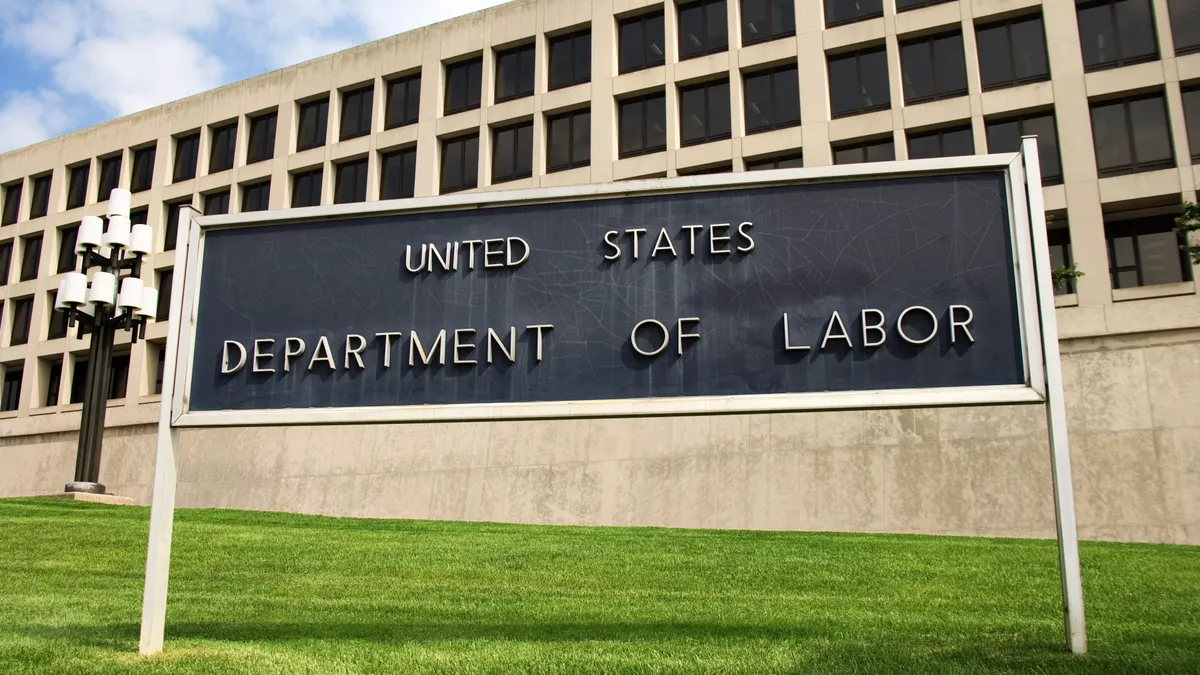Dive Brief:
- The U.S. Department of Labor has released a new guide focused on combatting harassment in construction.
- Issued by DOL’s Office of Federal Contract Compliance Programs, the guide is aimed at helping federal contractors understand the agency’s jurisdiction, clarifying what constitutes harassment and providing information to workers who may experience harassment, OFCCP announced Nov. 21.
- The agency had been planning to release the guide for several months as part of the White House’s National Strategy on Gender Equity and Equality, a DOL spokesperson told Construction Dive. “OFCCP developed this guide for employers and workers because harassment in construction remains a common issue,” the spokesperson said via email.
Dive Insight:
The guide, which follows a question-and-answer format, arrives during the final months of President Joe Biden’s administration, which has focused on curtailing sex and race discrimination at work, including in construction.
In June, the Equal Employment Opportunity Commission issued its own guide of best practices for preventing harassment in construction. The agency conducted a yearlong investigation which concluded that construction stands out as an industry with “egregious incidents of harassment.”
DOL’s guide lists a number of examples of harassment in construction. It specifically drills down on behavior that’s frequently reported on jobsites, including passing off derogatory remarks as playful banter or dismissing hateful graffiti as harmless. The guide points to various actions, including:
- Making unwelcome remarks related to a protected characteristic and guising them as a joke.
- Displaying, in writing, derogatory remarks related to a protected characteristic at a jobsite.
- Failure to maintain women’s restrooms to the same standards as men’s restrooms as a part of creating a hostile or abusive work environment for women on the jobsite.
- Criticizing someone’s participation in a job or industry because they are deemed to not belong because of their sex.
- Using racial slurs and nicknames.
The guide highlights the negative impacts of harassment on jobsite safety as well.
“Harassment can also have a safety, health and economic impact on a construction site in general,” the guide states. “For example, since construction work is sometimes dangerous and requires the work of a team, harassment can endanger the well-being of more than the direct victim of the harassment.”
Best practices highlighted by the guide include educating employees on what constitutes harassment, communicating that it won’t be tolerated and developing formal procedures on how to report, investigate and take appropriate action on harassment.
In defining its jurisdiction, the DOL’s guide refers to Executive Order 11246, signed by President Lyndon B. Johnson in 1965 to prohibit employment discrimination in federal contracts based on race, religion or national origin. Johnson amended the order in 1967 to include sex and gender.













